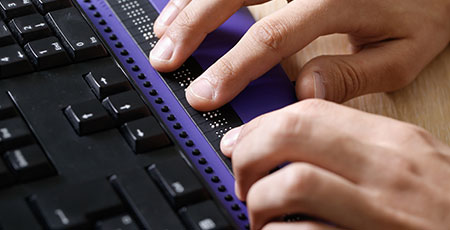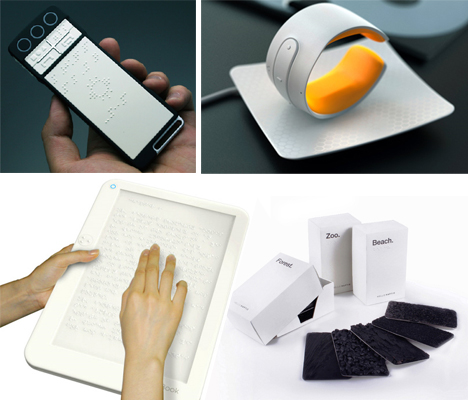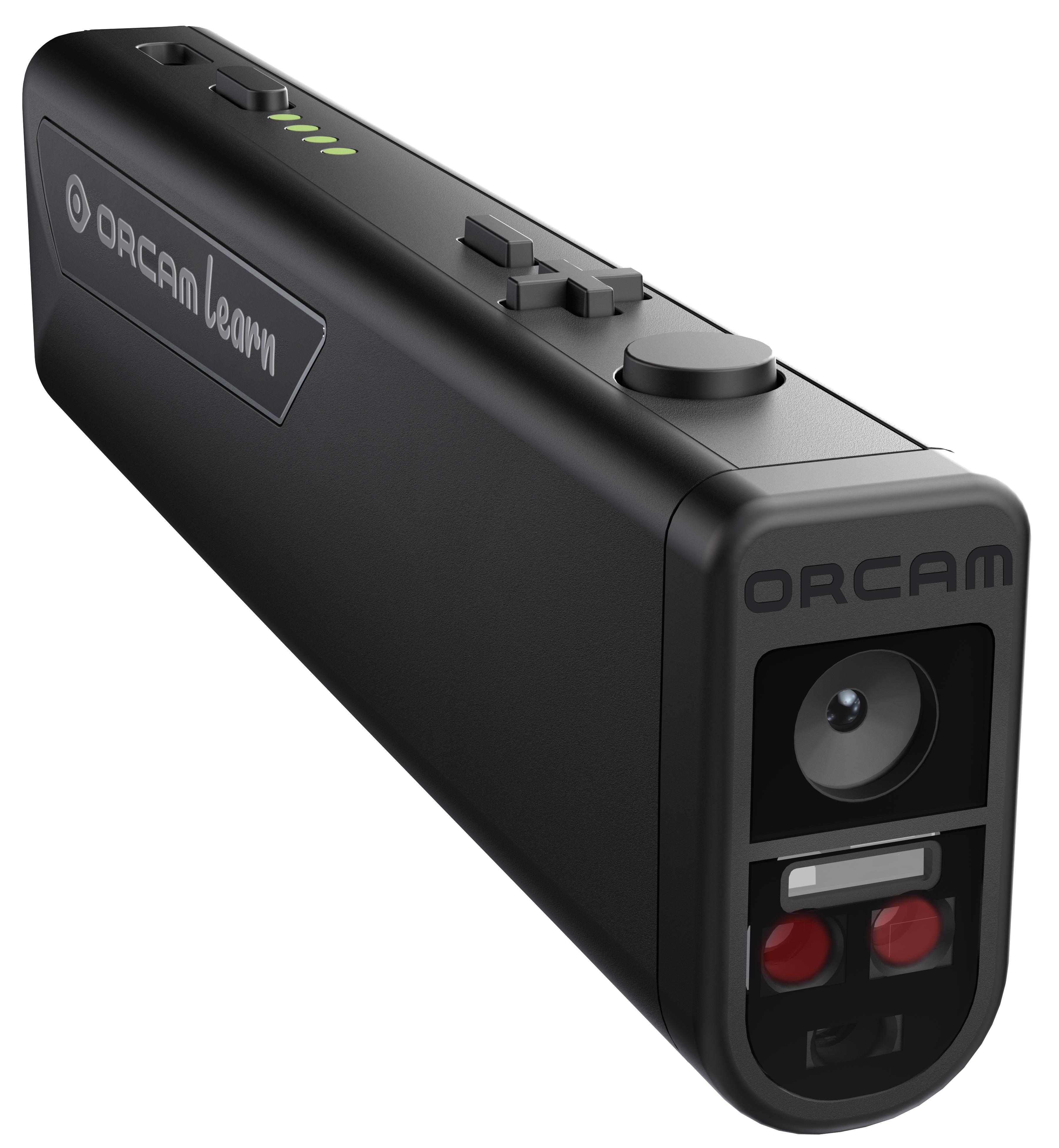Empowering Independence With Assistive Modern Technology for the Blind
The assimilation of assistive innovation right into the lives of people with aesthetic impairments stands for a significant development in advertising independence and self-sufficiency. From cutting-edge display viewers to advanced wise walking sticks, these tools not only improve everyday navigation and communication yet additionally encourage users to engage meaningfully in numerous aspects of life. As we discover the myriad advantages and real-world applications of these modern technologies, it becomes vital to analyze the hidden variables that contribute to their efficiency and the capacity for future growths in this crucial area.
Introduction of Assistive Modern Technology

The growth of assistive innovation is based in principles of inclusivity and empowerment. Technologies in software application, equipment, and sensory enhancements supply users with options tailored to their specific needs. From display readers that convert message to speech, to responsive tools that convey information through touch, these devices transform the means individuals involve with their surroundings.
Along with functional applications, assistive technology fosters higher social inclusion and involvement in numerous sectors, consisting of education and work (Screen readers for the blind). As study and development proceed to develop, the potential for assistive technology to further enhance the lives of aesthetically damaged people stays appealing, paving the way for a more equitable society where everyone can prosper
Sorts Of Assistive Tools
A range of assistive gadgets have actually emerged to support people with visual problems, each created to fulfill particular demands and enhance everyday performance. These gadgets vary from low-tech options to sophisticated developments, providing varied options for customers.
Low-tech gadgets consist of magnifiers and large-print products that aid in reading and writing. Braille tools, such as Braille styluses and slates, make it possible for tactile reading and communication. Alignment and movement help, like white walking sticks, help customers navigate their setting safely.
On the higher end of the range, digital magnifying systems and screen visitors provide considerable assistance. Electronic magnifiers allow individuals to increase the size of text and photos on screens, while screen viewers transform digital material right into synthesized speech, assisting in accessibility to details on computer systems and smartphones.
Smartphone applications additionally play an important function, giving features like text acknowledgment and navigation support. Wearable innovation, such as clever glasses equipped with enhanced truth, is emerging as an appealing tool to boost situational recognition.
Benefits of Assistive Innovation
The combination of assistive technology significantly boosts the quality of life for individuals with aesthetic disabilities. These technologies encourage customers by advertising independence, allowing them to browse their settings a lot more effectively and do everyday jobs with better convenience. Screen readers and magnifying software program enable individuals to accessibility digital info, fostering expert and instructional opportunities that might have previously been out of reach.
Furthermore, assistive tools such as wise walking canes and general practitioners applications supply real-time navigation assistance, improving wheelchair and safety and security. This raised autonomy not just enhances self-worth however also urges social involvement, allowing customers to participate more totally in their neighborhoods.
Assistive technology additionally facilitates communication, helping individuals attach with others through voice acknowledgment and text-to-speech applications. This ability is important for keeping partnerships and accessing important details.
Additionally, the customization options offered with lots of assistive technologies ensure that customers can customize devices to their particular needs, even more enhancing usability and efficiency. Generally, the benefits of assistive innovation for individuals with aesthetic impairments are profound, promoting a more comprehensive culture where everybody can seek link their desires and objectives.
Study and Success Stories
Highlighting the transformative effect of assistive technology, countless study highlight just how individuals with aesthetic problems have effectively incorporated these tools into their every day lives. One engaging instance includes an university student who used display analysis software application to navigate scholastic products and online resources properly. This innovation not only promoted her education and learning however also enhanced her self-confidence in taking part in discussions and team projects.
Another instance research features a specialist that employs a smartphone application designed for navigating and things recognition. By utilizing this application, he has gained back autonomy in both his individual and workplace, allowing him to commute independently and engage with associates a lot more properly.
Furthermore, a retired person shared her experience with braille e-readers, which allowed her to access a large selection of literature and remain gotten in touch with her area with publication clubs.
These success tales emphasize the important function of assistive modern technology in fostering independence, enhancing lifestyle, and promoting social integration for people with visual disabilities (Screen readers for the blind). By accepting these ingenious devices, individuals can get over obstacles and confiscate chances that add to their individual and professional gratification

Future Patterns in Assistive Technology
Technology in assistive technology is poised to redefine the landscape of support for individuals with aesthetic impairments. Arising trends hop over to here stress the combination helpful resources of fabricated intelligence (AI) and artificial intelligence, which improve the functionality of devices that help with navigation and info accessibility. For example, AI-driven applications are now qualified of translating aesthetic information in real-time, enabling individuals to involve with their atmosphere much more individually.
In addition, the development of wearable innovation is advancing rapidly. Smart glasses furnished with increased fact (AR) can offer audio descriptions of environments, changing how customers communicate with public rooms. These gadgets not just promote autonomy however likewise foster social addition.
Additionally, the Internet of Points (IoT) is making homes smarter, allowing for seamless connection in between assistive tools and daily appliances. This connectivity encourages individuals by enabling voice-activated controls and automated feedbacks customized to private needs.
Final Thought
Finally, assistive innovation plays a pivotal role in empowering individuals with visual problems by enhancing their freedom and interaction with their surroundings. The varied variety of applications and gadgets readily available not only assists in navigation and interaction yet likewise promotes social combination and chances for expert and individual growth. As developments proceed in this field, the capacity for improving the high quality of life for those with visual disabilities will increase, cultivating better autonomy and empowerment.
